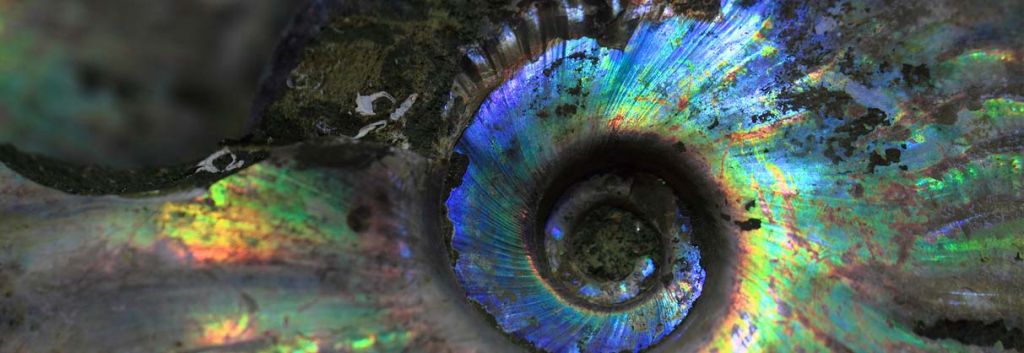The Concept of artificially ‘Driving Evolution’ is as contagiously controversial as it is captivating for Biotechs, DIY Biologists and iGEM teams alike. How can we harness an ‘Evolution Machine’ for the Greener Good and ‘create’ microbes to break down pollutants?
 At the Digital Biology (“Do it Together”) Conference last week (a European consortium for DIY Biologists and the Biohacker Community), Johann Bauerfeind told us of his new project; the Humboldt-University based ‘Open Evolution Machine’.
At the Digital Biology (“Do it Together”) Conference last week (a European consortium for DIY Biologists and the Biohacker Community), Johann Bauerfeind told us of his new project; the Humboldt-University based ‘Open Evolution Machine’.
It is well known, identifying novel sources of innovation in Nature is a key ‘mining’ territory for Biotechnology, particularly in the case of extremophiles. These are such organisms which have adapted mechanisms to withstand extreme (and often very unstable) environmental conditions – from Thermophiles (bacteria able to operate at extremely high temperatures) to microscopic animals such as the moss-loving Tardigrades (my personal favourites, known as Bärtierchen in German).
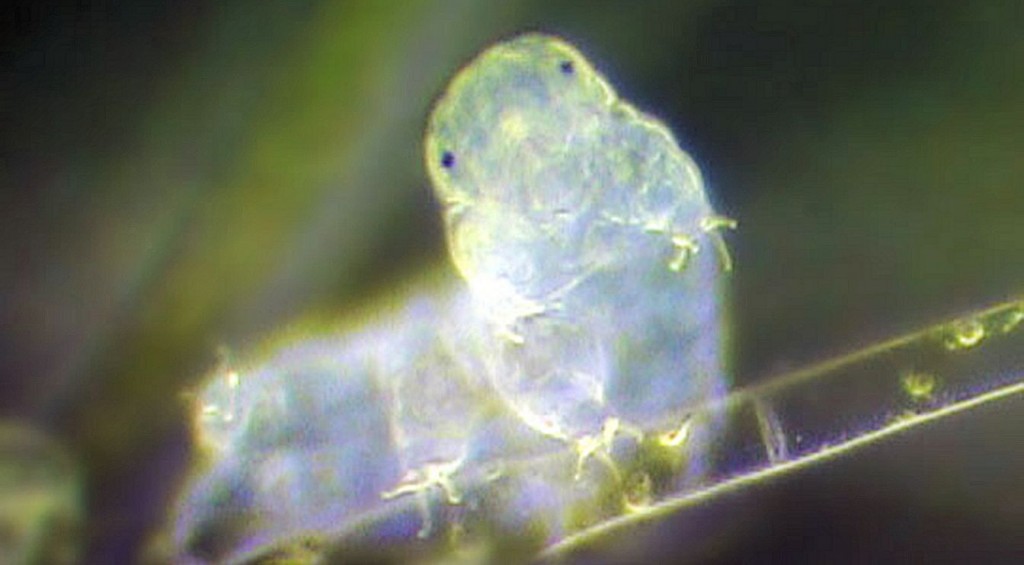
Exploiting such proteins and mechanisms these Extremophiles offer us (through naturally driven mutation in their genomes) is essentially a ‘Gold-Mine’ for Biotech. If we can only find more naturally occurring anti-freeze proteins, or heat-resistant molecules (etc.) which we could use to help enhance synthetic biology.
I mean, it’s all a matter of time in terms of rate of mutation. Organisms like bacteria, of which some strains reproduce every 20 minutes, inevitably give rise to novel mutations and proteins with each generation. This is 100% natural.
So what if we could simply speed up this process – to get those novel proteins…sooner?
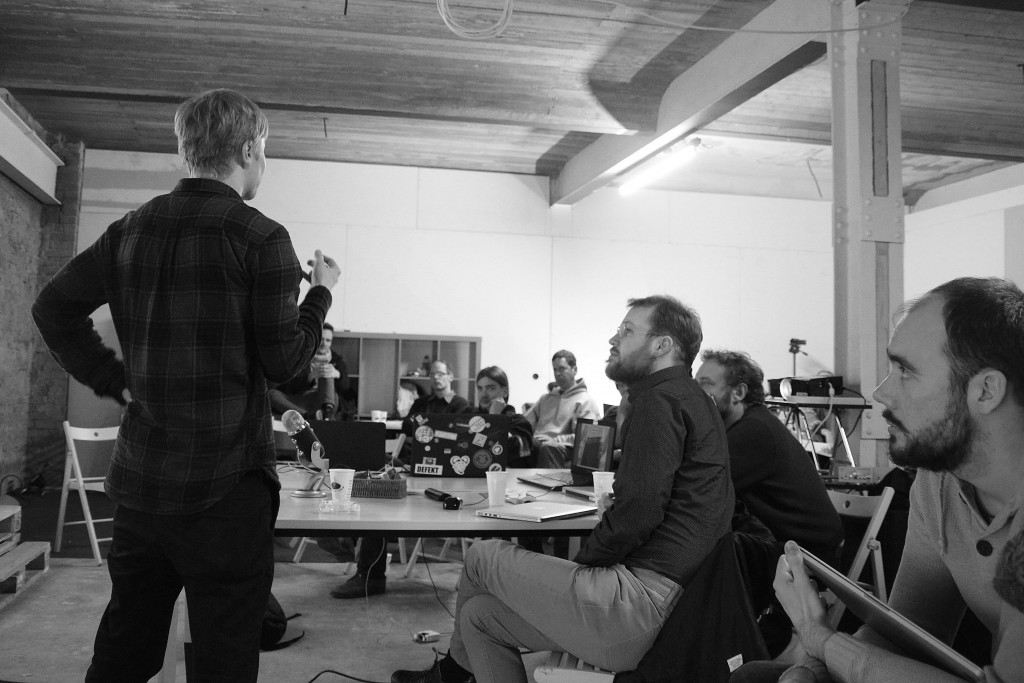
And Practically, how can Biohacking Evolution be Achieved?
I think the key message to take away from this project is that you don’t need to do any genetic engineering to run an Evolution machine – it is simply a process of pressurising microbes in a controlled environment to naturally evolve….faster – or die.
Surprisingly, Evolution machines aren’t even that modern a concept, with Manfred Eigen‘s prototype (which coined the name) being built back in 1992 at the Max-Planck Institute for Biophysical Chemistry in Göttingen (Germany). Then there is the Klavins Lab at the University of Washington (US) which really refined the process, and inspired Johann’s team (of around 7 people) to take this process even further.
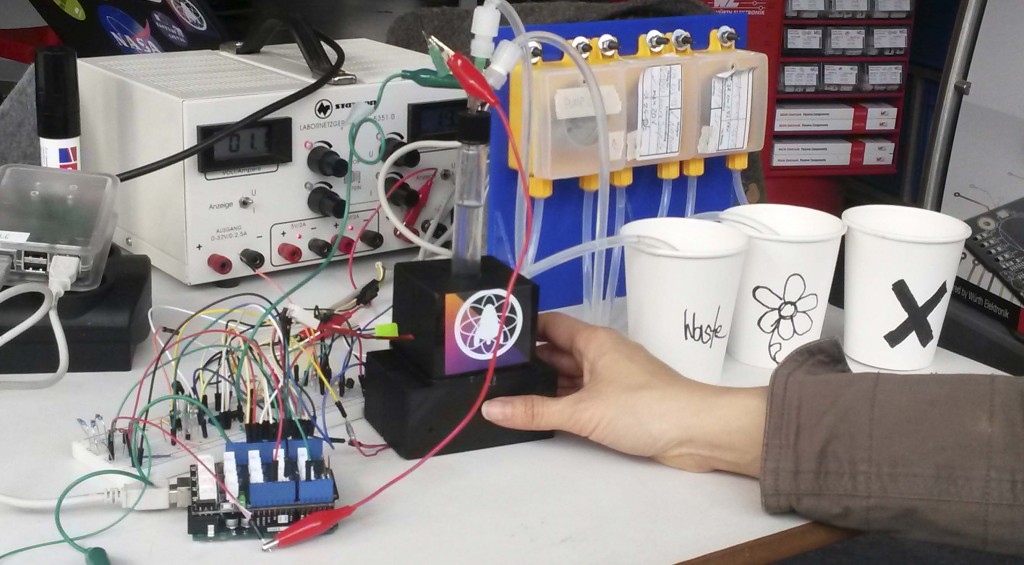
Johann’s team is engineering a closed loop system to control these abiotic factors using a series of modules and programming them with Raspberry Pi (Biohacking 101).
These abiotic control-systems have 4 design variants; Turbidostat (Turbidity and growth rate of the culture), Auxostat (Acidity / pH), Fluorostat (to measure density of the culture – using fluorescence) and Chemostat (for Dilution rate – a measure of culture fitness).
And this parallel operating turbidostat system aims to pressure the cultured microorganisms to adapt and generate ‘new molecular machinery’ for survival.
“In the end you are using plain process engineering and process control to make your culture adapt to the industrial procedures.“
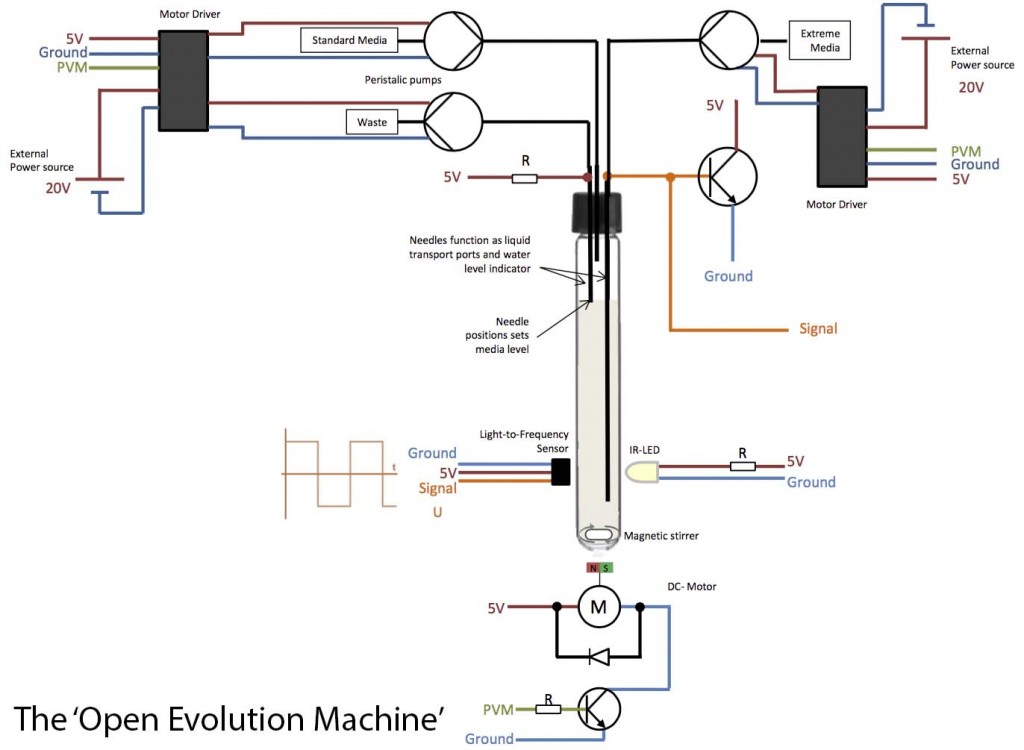
Using these biosensors, the Open Evolution team are recording this data real-time (and openly available – in the true Biohacking spirit) on their site, which Johann and team hopes will find novel ways and strains which can break down pollutants – such as plastics or insecticides (aka Bioremediation).
So What’s Next?
So whilst the system is still being developed and tested, the potential for such a machine (accelerating Nature) is huge for Researchers and Biotech alike. Although one challenge lies in tackling the misconception of these Evolution Machines onlookers may have (i.e. What is the risk involved in accelerating Evolution?). A contentious area…
So the debate continues. Meanwhile, the Open Evolution Team will continue to collect their data, and continue to investigate the potential in skipping time on Evolution, to investigate the possibility of not having to until tomorrow afterall.
Johann is a Life Science Engineer at HTW University who founded the iGEM Team here in Berlin. He is also the Co-Founder of a GreenTech Start-up Solaga which is looking to exploit algae’s natural versatility to produce Biofuels. As an enthusiast in the Biohacking community, Johann also has a particular interest in BioArt.




